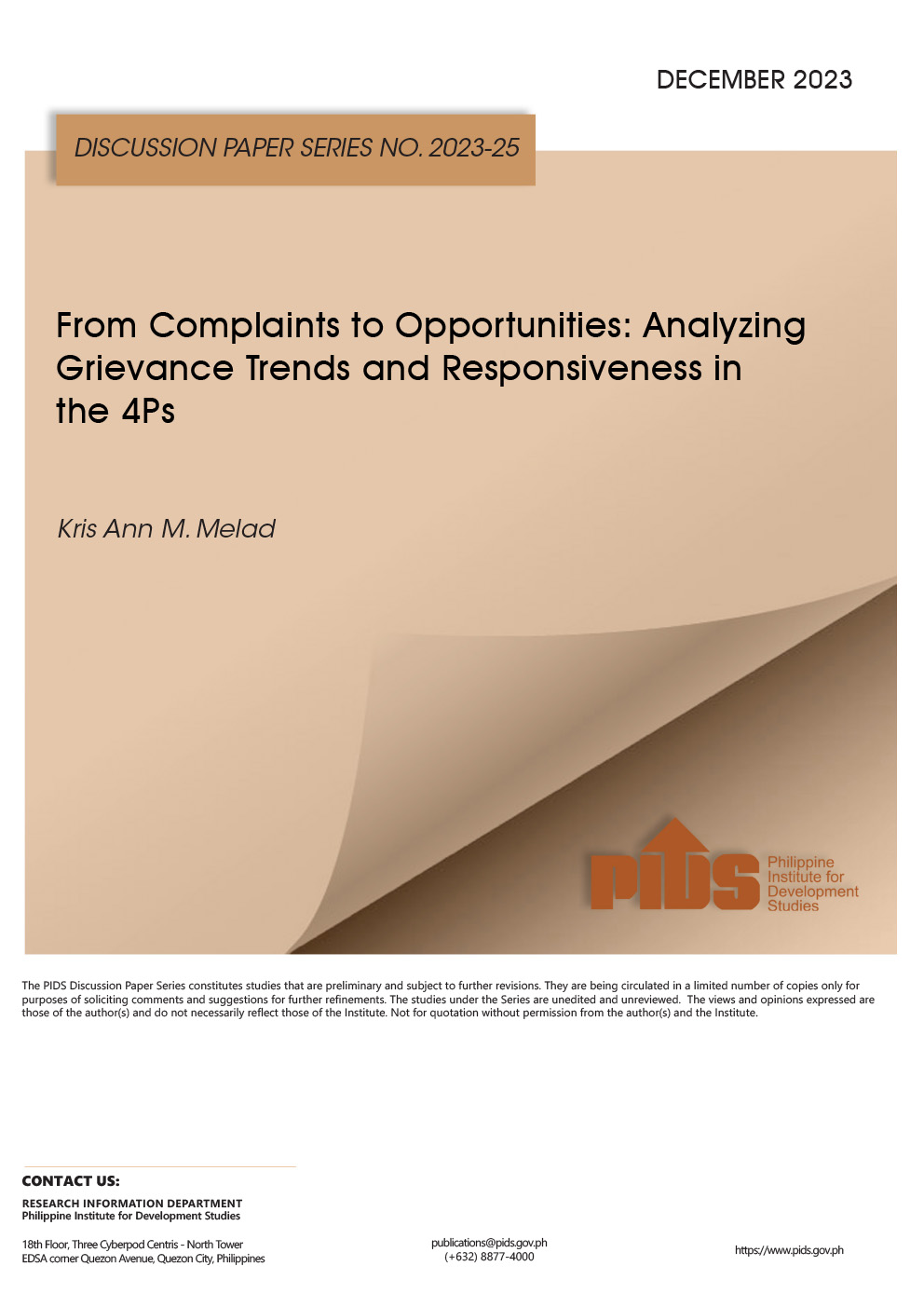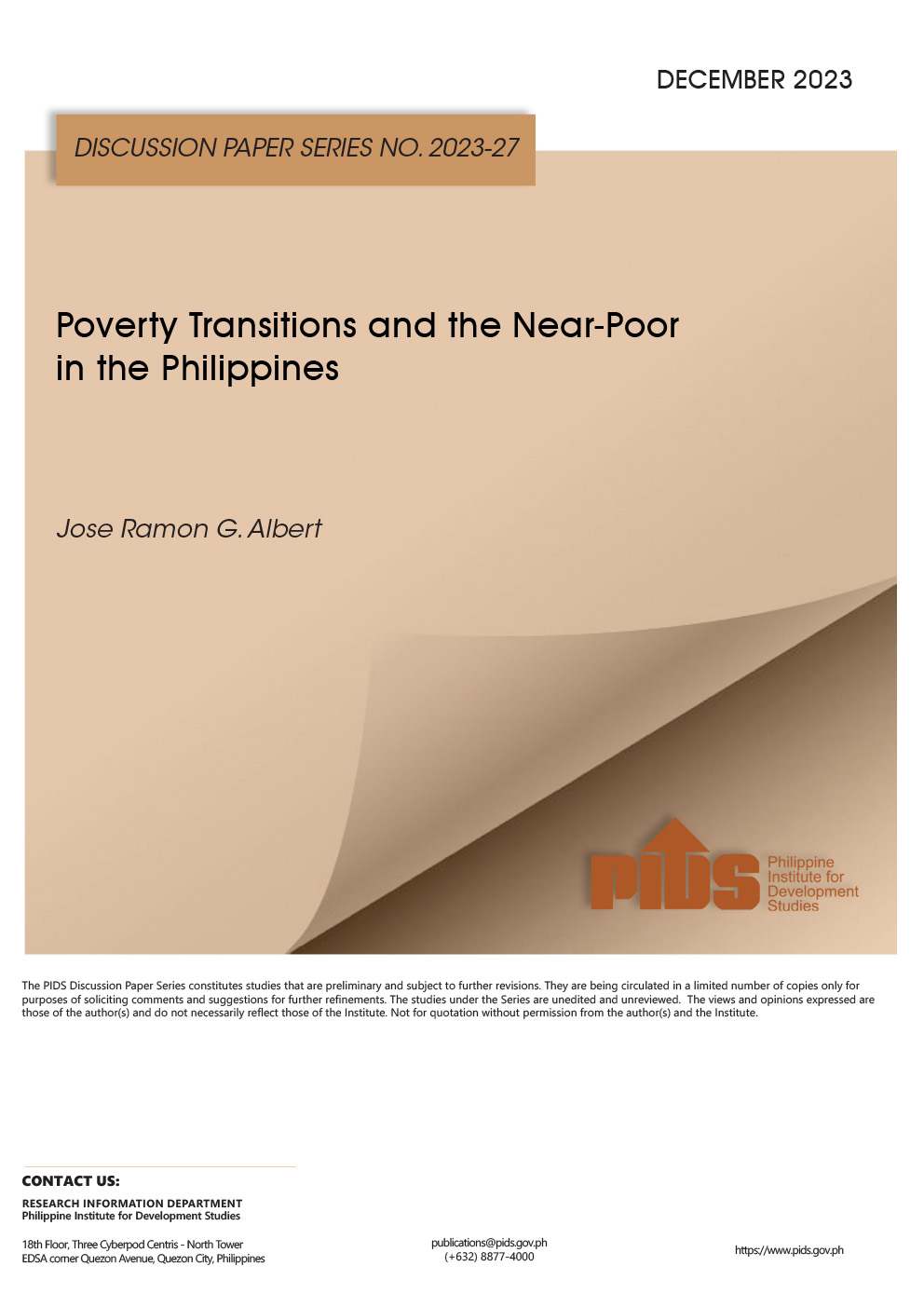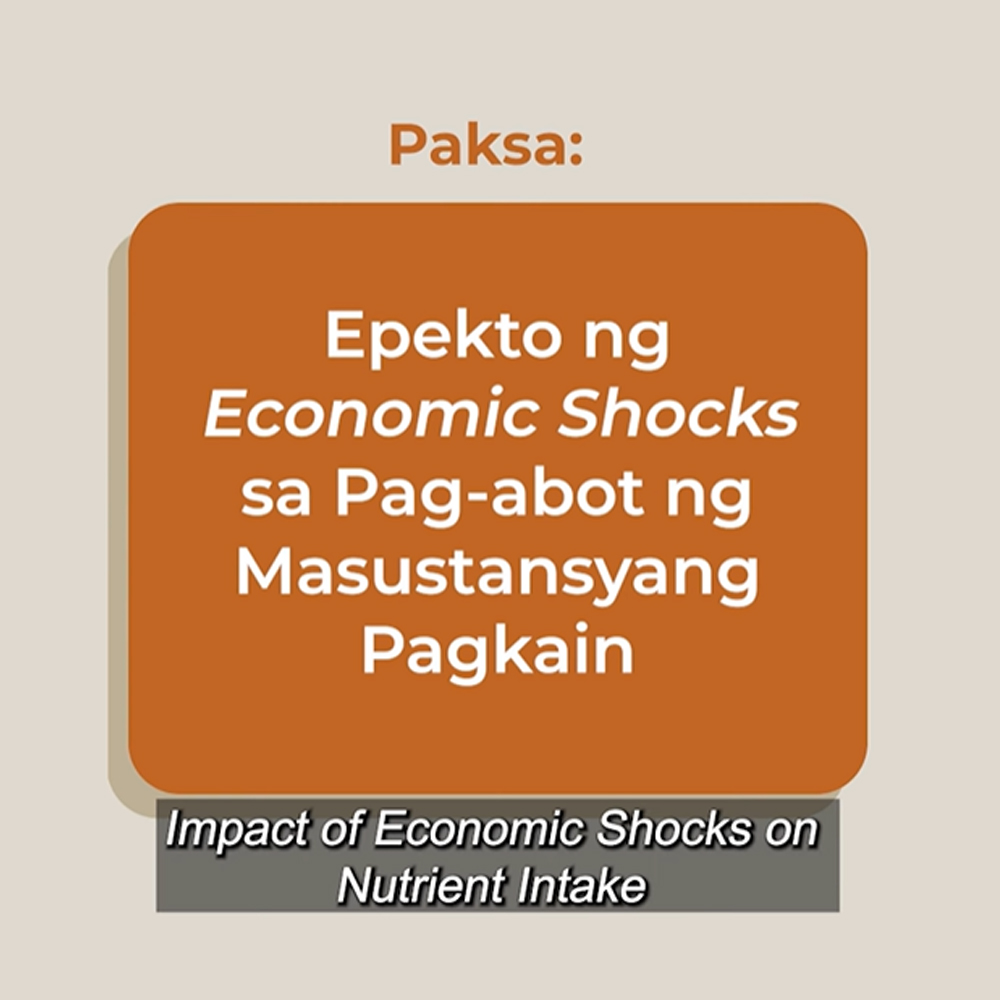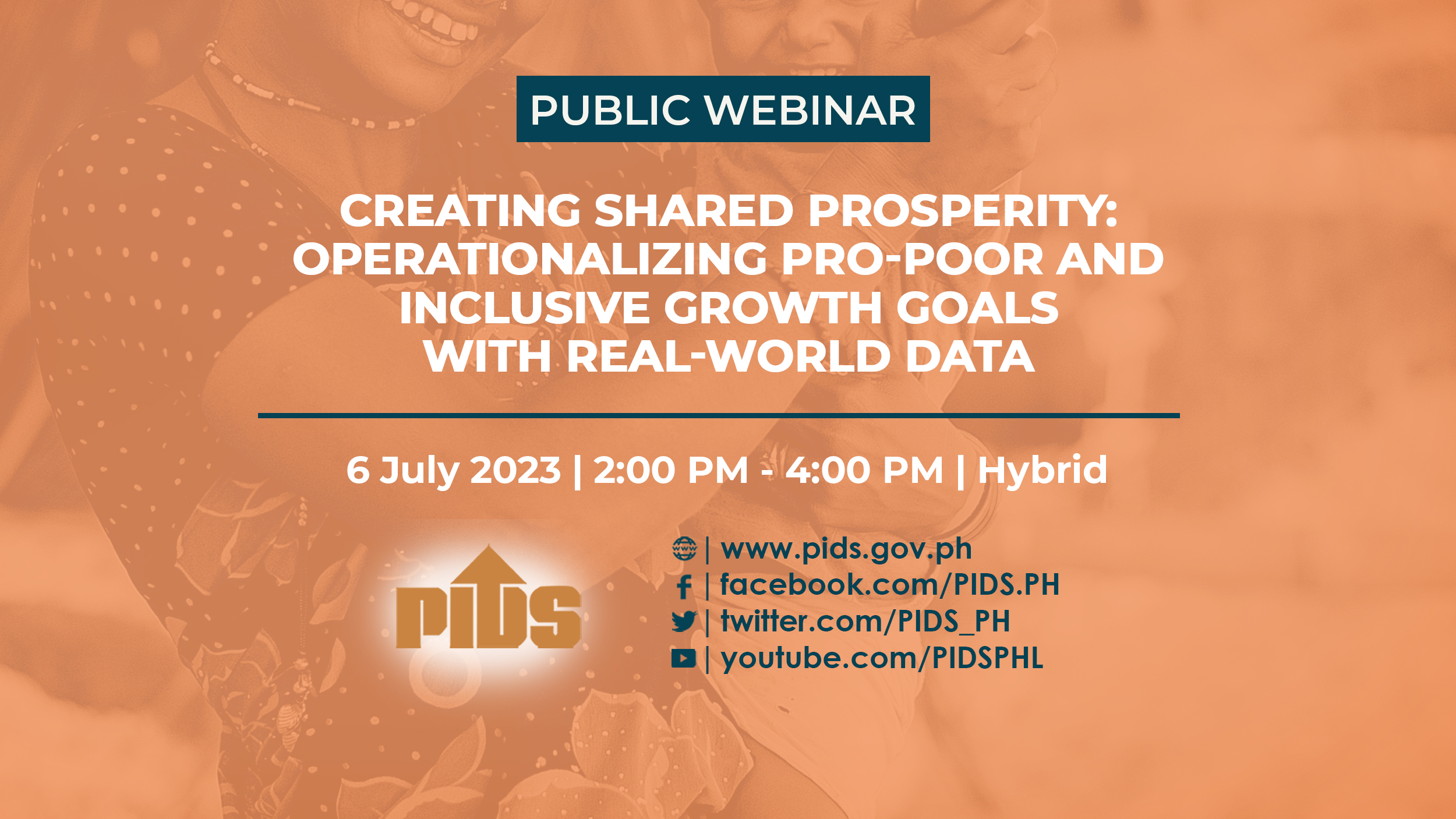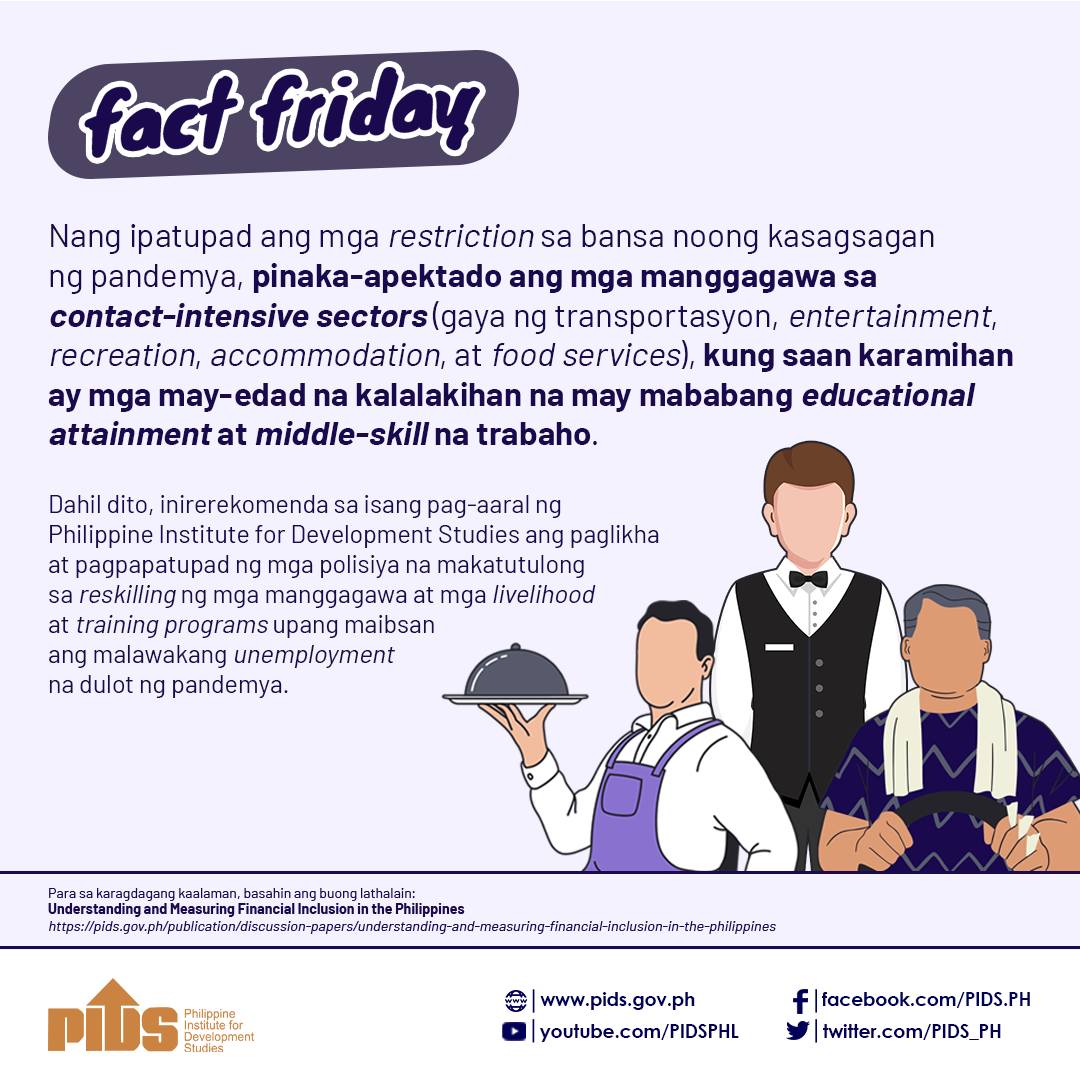MANILA, Philippines — Poor families have it worse in life and the pandemic just highlighted that, beginning with price increases that tapered more slowly for people mired in poverty than the rest of Filipinos.
Analysts, however, were divided on whether the difference on inflation between the bottom 30% of income households and the entire population mattered, especially since as it is, consumer prices are ticking up well within the central bank target.
Specifically, prices of basic goods and commodities went up 2.7% year-on-year for the poor in August, higher than the headline inflation of 2.4% annually, the Philippine Statistics Authority reported on Friday.
“The impact of lockdowns on real income is more adverse to poor families relative to the general population,” Cid Terosa, senior economist at University of Asia and the Pacific, said in a text message.
Sonny Africa, executive director at IBON Foundation Inc., a non-profit think tank, agreed. “Inflation is always worse for the poor because their consumption baskets, and corresponding inflation index, is heavily weighted for food,” Africa said in a text message.
Food inflation among the poor slowed to 1.1% year-on-year in August, slower than the national rate of 1.8%. Although prices of other products, such as alcoholic beverages and tobacco, as well as housing, rose faster for the poor, offsetting any benefit from cheaper food.
Where the poor resides also matter. For Jose Ramon Albert, senior research fellow at Philippine Institute for Development Studies, a government think tank, the urban poor may have to shell out more on goods than their counterparts in provinces.
Data showed that among the bottom 30% poor families, those in Metro Manila experienced inflation of 3%, higher than the 2.7% year-on-year posted outside of the capital region.
At the same time however, Albert cautioned on reading too much on the data, especially since at 2.7% for the first 8 months, inflation for the poor was treading well within the 2-4% target of the Bangko Sentral ng Pilipinas.
“Inflation itself is too low to have marked difference between those experienced by the poor and by us,” Albert said in a phone interview. “Considering as well that the poor spend on different goods, I don’t think there is much difference.”
What’s more, inflation among poor families is also moving downwards similar with the rest of the economy. In the report, other items that contributed to the downtrend clothing and footwear at 2.3%, health (3.3%), recreation and culture (0.2%) and education (0.1%).
“Lower income households have a higher weight for food than headline CPI, so as long as food prices remain stable (especially rice which is falling) then the lockdown impact is slowly loosening up,” Patrick Ella, economist at Sun Life of Canada (Philippines) Inc., said in an e-mail.
Africa, however, disagreed. “While the discrepancy in inflation rates is ‘normal’ the situation today isn’t. The poor are not just burdened by the usual higher inflation but by soaring joblessness and failing incomes especially among those in the informal economy,” he said.
Faster inflation felt by poor seen worsened by pandemic

